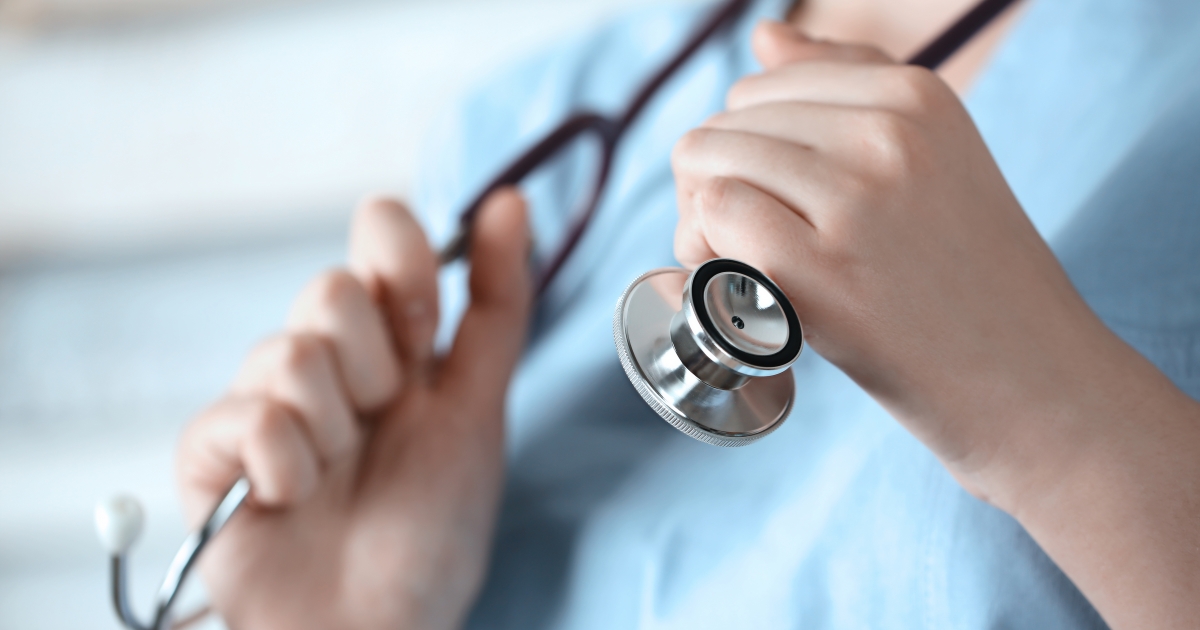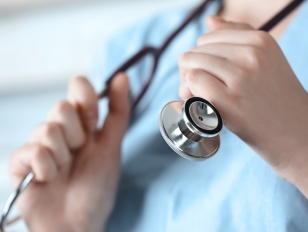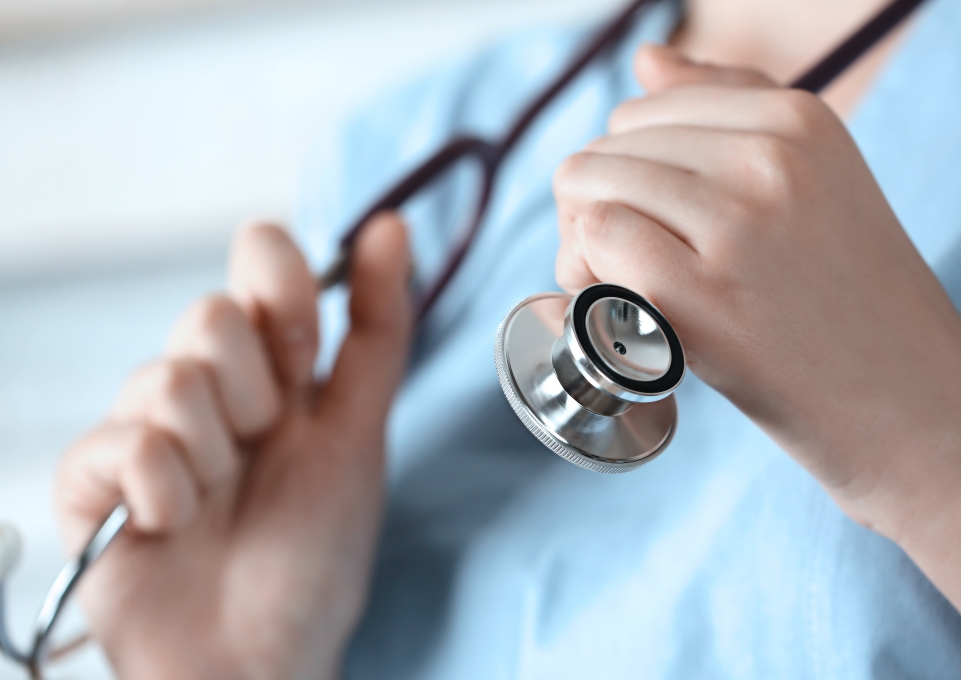
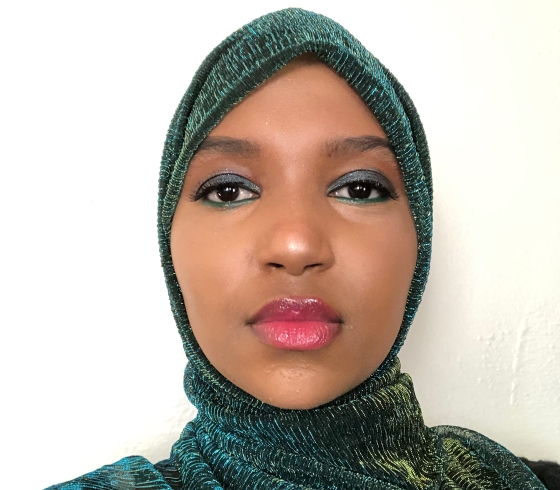
Ayan Ali
Five Buffalo State College students enrolled in the Educational Opportunity Program have been chosen for a new SUNY-wide initiative aimed at helping qualified EOP students successfully prepare for medical school.
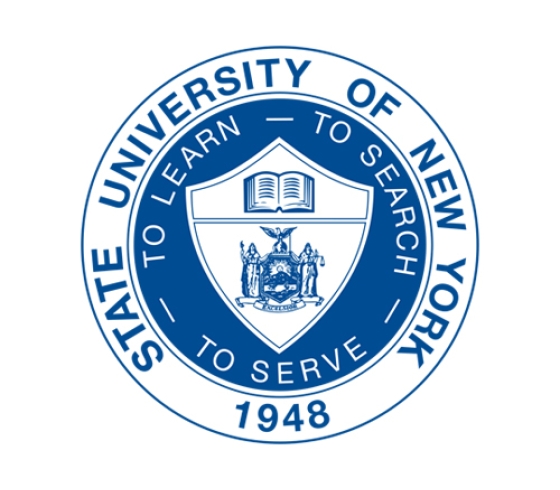
Nayelisi Cano
The initiative, titled the SUNY Pre-Med Opportunity Program, was created to help address persistent racial and income disparities in the medical professions.
Buffalo State students selected for the program are Ayan Ali, a junior biology major from Buffalo; Nayelisi Cano, a sophomore forensic chemistry major from Brooklyn (not pictured); Unique Phyall, a junior biology major from Manhattan; Cindy Sanchez, a junior individualized studies major from Queens; and Jennifer Sosa, a junior individualized studies major from the Bronx.
Buffalo State students compose nearly a quarter of the initial cohort selected for the program, which launched in summer 2021 with 25 students.
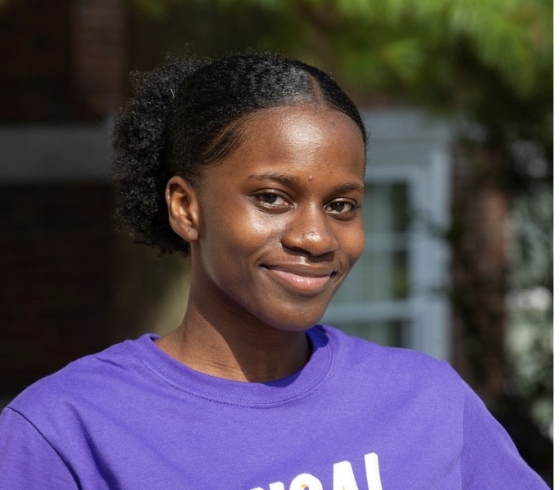
Unique Phyall
Program candidates must be EOP sophomores or juniors on a pre-medical track, have a grade point average of 3.2 or higher, and have successfully completed two semesters of general chemistry and two semesters of biology.
“We’re thrilled to have this opportunity for our students,” said Yanick Jenkins, director of Buffalo State's Educational Opportunity Program. “Our students involved in the program have worked so hard, and so have their counselors in making this happen.”
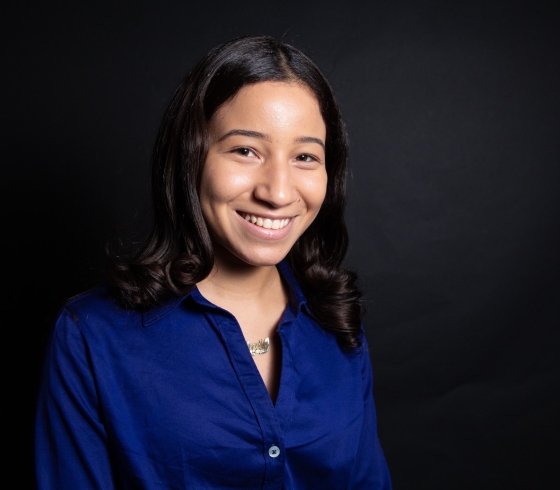
Cindy Sanchez
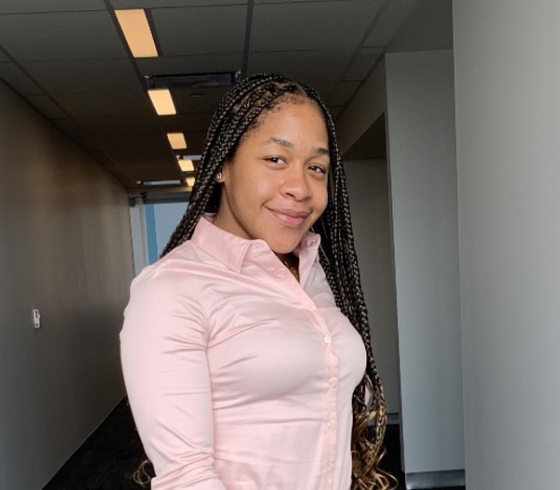
Jennifer Sosa
Pre-OP students attended a residential summer academy at SUNY Upstate Medical University in mid-July, which included clinical exposure through simulation labs, as well as workshops, skill development, and academic programming. Students also received remote instruction to prepare them for medical school prerequisite courses—organic chemistry, physics, and microbiology. SUNY System Administration covered all costs incurred for the summer program, including transportation, room, board, and instruction.
Students also have access to resources throughout the year to help them prepare to apply to medical schools, including mentorships, workshops, academic support and coaching, and assistance with MCAT preparation, Jenkins said. That doesn’t necessarily mean they’ll be doctors. There are several other options for the students, as well.
“It could be for physical therapy, occupational therapy, nurse practitioners, or other professions in the medical field,” she said.
During the summer academy at Upstate, students were introduced to some of what they could expect in medical school, Jenkins said.
“It’s to help them make that transition, to understand what the challenges will be,” she said. “It’s to let them know about the different options they have. A lot of our students think, ‘Medical school. Well, that’s just to be a doctor.’ It’s not. They could be an optometrist. There are different ways. The program is also to expose them to that.”
The students chosen for the program have shown that they’re highly motivated and ready to take on the opportunity, said Jude M. Jayatilleke, senior academic adviser in EOP at Buffalo State.
“It is hoped that the program will evolve and more students will have the opportunity to apply in the future,” he said. “We need to address persistent racial and income inequalities in medical education.”
The Pre-Med Opportunity Program is a partnership between SUNY’s Office of Opportunity Programs and its medical universities—the University at Buffalo, Downstate Health Sciences University, College of Optometry, Stony Brook University, and Upstate Medical University. The program was created to address persistent income disparities found among the nation’s medical schools, which currently enrolls about two-thirds of students from families within the top two quintiles of family income ($74,870 to $225,251).
“History has shown us that well-qualified students from underserved communities often don’t have the same opportunities to attend the nation’s medical programs, and we can change that in New York State,” said SUNY Chancellor Jim Malatras. “SUNY’s new Pre-OP program will take our EOP program to the next level by empowering well-qualified students to enter and successfully complete medical school regardless of their economic means or background.”
Jenkins said she’s proud to have Buffalo State’s EOP so well-represented in the program, and hopes more students take advantage of it in the future. The program is expanding to 50 EOP students for spring 2022.
“This is really cool,” she said. “It’s a great opportunity for the students.”
About the Educational Opportunity Program
Since its inception in 1967, EOP has provided access, academic support, and supplemental financial assistance to students from disadvantaged backgrounds, many of whom are the first in their families to attend college. In its 53-year history, EOP has served more than 76,000 students and evolved into one of the country’s most successful college access programs. EOP students often outperform their peers, with 74 percent of them graduating with a baccalaureate degree within six years.
